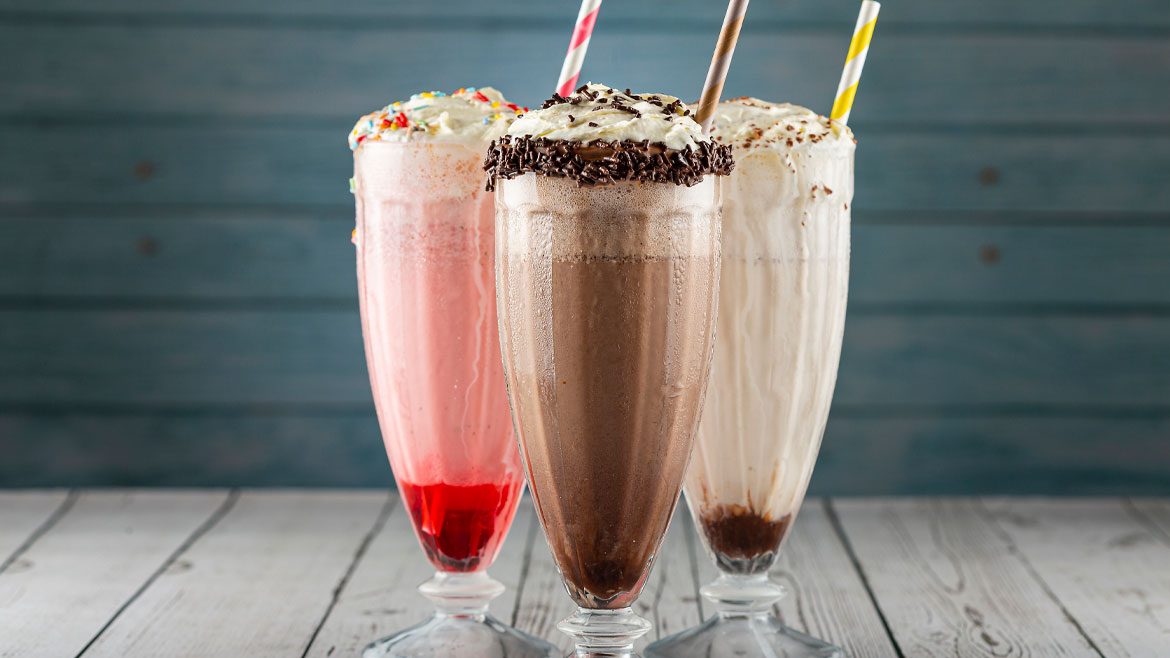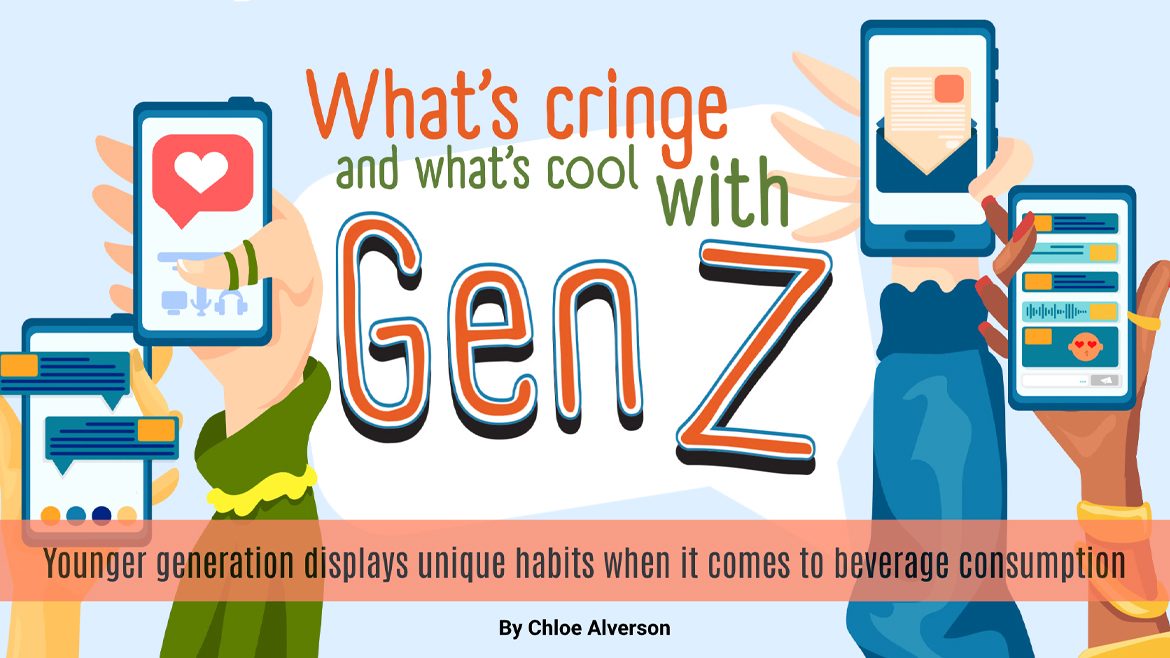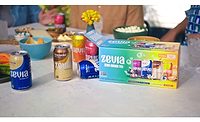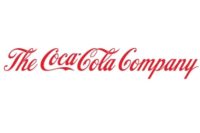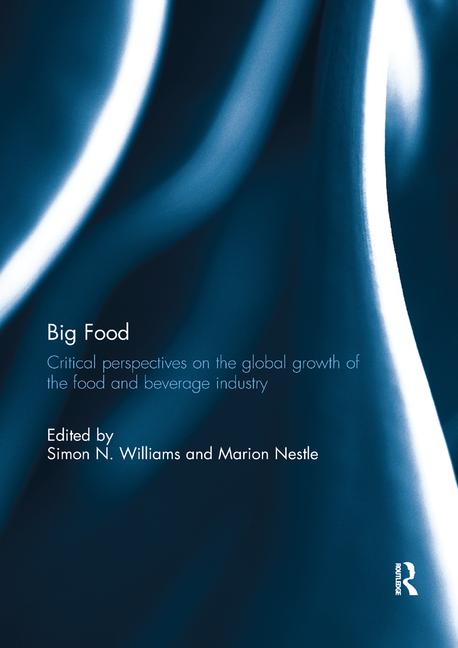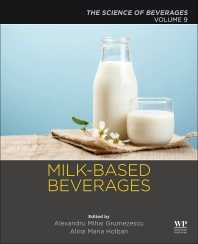FDA releases final rule on ‘healthy’
Tea Council of the USA says ruling allows certain tea products to display ‘healthy’ claim on packaging

(Image courtesy of Tea Council of the USA Inc.)
On Dec. 19, the FDA released the final rule on the use of “healthy” on food labels. The “healthy” claim aims to create a healthier food supply and inform consumers to choose foods and beverages that can contribute to good health. The foods and beverages that qualify to bear the claim meet limits on added sugar, sodium, and saturated fats, based on Daily Value recommendations within the Dietary Guidelines for Americans 2020-2025.
With the goal of improving dietary patterns, reducing the risk of nutrition-related chronic diseases, and advancing health equity, the FDA is allowing foods and beverages that meet the criteria to use the “healthy” label. The FDA notes that label claims act as quick signals on food packages to empower and alert customers to make informed choices about what they eat and drink.
According to the FDA’s website, to meet the updated criteria for the claim, a food product needs to:
• contain a certain amount of food from at least one of the food groups or subgroups (such as fruit, vegetables, grains, fat-free and low-fat dairy and protein foods) recommended by the Dietary Guidelines for Americans, and
• meet specific limits for added sugars, saturated fat and sodium.
“The criteria for how much food from a particular food group is required (called food group equivalents) and the specific limits for the three individual nutrients vary for individual food products, mixed products, which contain certain amounts of more than one food group, main dishes and meals, and are based on a Reference Amount Customarily Consumed, which is the basis for determining a serving size,” FDA’s website states.
The FDA’s website also notes that under the updated claim, foods such as water, avocados, nuts and seeds, higher fat fish, such as salmon, and olive oil now will qualify to use the “healthy” claim.
Certain tea products, including tea bags and bottled tea, also can now display the “healthy” claim on packaging, provided they contain less than 5 calories in each 12-ounce ounce serving, the New York-based Tea Council of the USA Inc. shares. This recognition underscores tea as a health-promoting beverage, the association adds.
“We are thrilled that the FDA’s new ruling officially recognizes unsweetened tea as a ‘healthy’ choice,” said Peter Goggi, president of the Tea Council of the USA, in a statement. “For decades, we’ve known that tea delivers significant health benefits, and now consumers can more easily identify it as a ‘healthy’ choice right on the label. This designation not only validates tea's role in a balanced diet, but will also encourage more Americans to reach for this naturally refreshing, calorie-free beverage.”
Tea is the most widely consumed beverage in the world next to water, with scientific research providing robust support for its health benefits. True teas ― black, green, oolong, white and dark ― all come from the same plant, a warm-weather evergreen named Camellia sinensis.
Two cups of green or black tea has 400-600 mg of healthy, bioactive flavan-3-ols, which is the recommended daily intake shown to help reduce risk associated with heart disease and diabetes and improve blood pressure, cholesterol, and blood sugar, it shares based on research in “Flavan-3-ols and Cardiometabolic Health: First Ever Dietary Bioactive Guideline” and “Academy of Nutrition and Dietetics. Cardiovascular Health and Well-Being. Winter 2023. Vol. 2, No. 1.”
Research indicates that adults who consume more tea, also consumed significantly fewer high calorie, sugar-sweetened beverages.
Consuming enough water is important for health. Both caffeinated and decaffeinated tea are hydrating beverages. The Food and Nutrition Board of the Institute of Medicine reference intakes for water state that caffeinated beverages appear to contribute to the daily total water intake at rates similar to that of non-caffeinated beverages. Caffeinated tea supplies up to approximately 50 mg of caffeine in each cup, and evidence shows no effect on hydration with intakes of up to 400 mg of caffeine a day, or the equivalent of eight cups of tea.
Looking for a reprint of this article?
From high-res PDFs to custom plaques, order your copy today!
